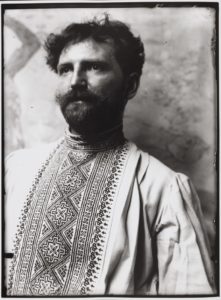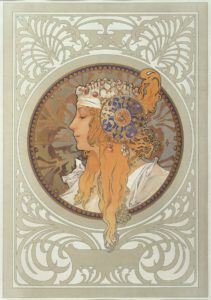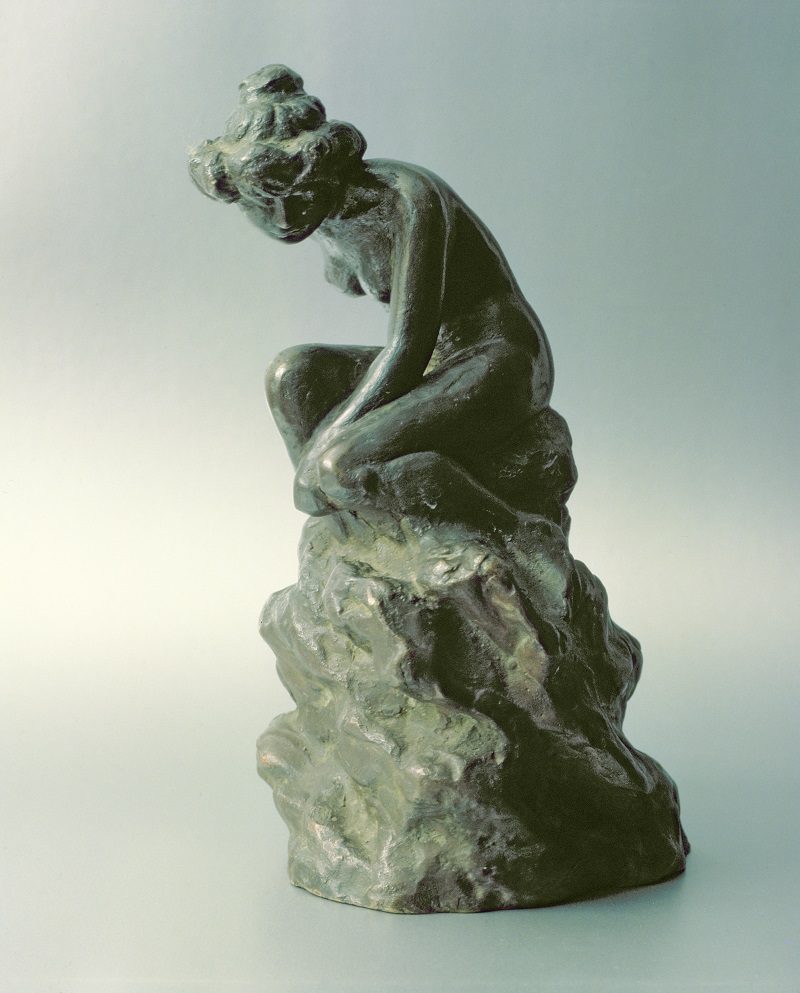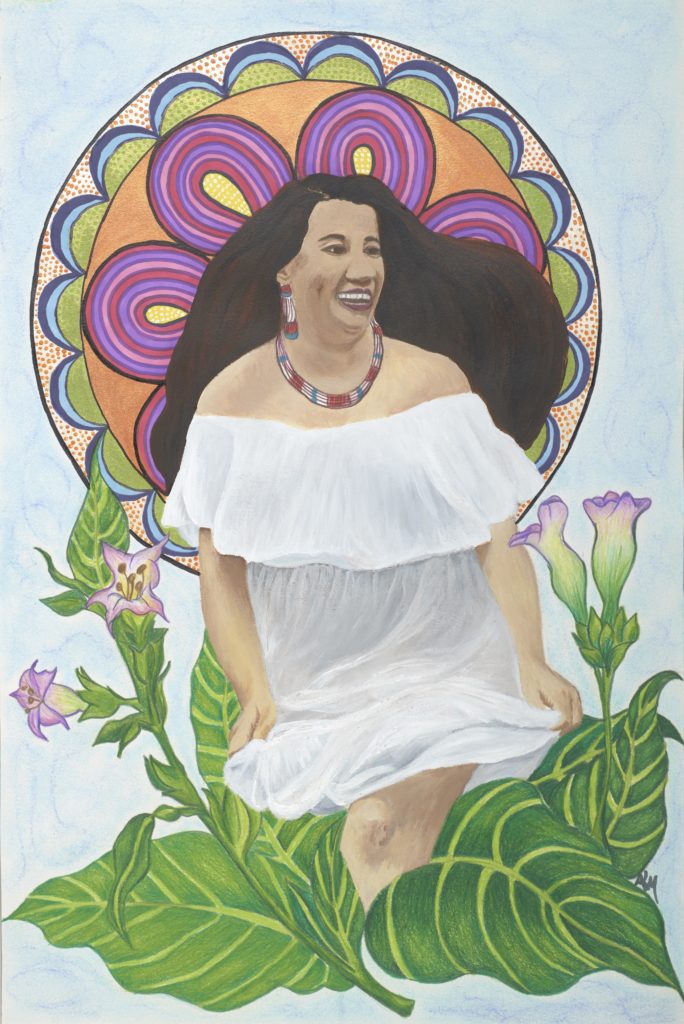Alphonse Mucha drew inspiration for his designs from the ornamental features of a wide variety of historical cultures and styles, ranging from Celtic, Greek, Gothic, and rococo to Islamic, Jewish, Egyptian, and Japanese. Overall, however, Mucha’s style evolved organically from his Slavic roots in Eastern Europe.

From 1896 onward he consciously integrated traditional elements from his homeland into his designs. These manifested themselves as Slavic dresses worn by the subjects, floral and other botanical motifs inspired by Moravian folk arts and crafts, prominent circular motifs that would evoke halos, as well as the curves and geometric patterns familiar in Czech baroque churches. By incorporating these Slavic elements while developing a new style, Mucha was asserting his Czech identity in the French capital of Paris.

The Slav Epic
The Slav Epic is a series of 20 monumental works of art painted on enormous canvases (the largest measuring over 19 1/2 by 26 feet). Like many Black American artists striving today to portray their own history, Mucha aimed in The Slav Epic to depict the history of all the Slavic peoples—their struggles, challenges, and accomplishments over the past 1,000 years. Through this imagery Mucha wished not only to inspire them to work together for their immediate objective of political independence but also to suggest their goal for the future: the maintenance of peace among the Slavs as well as all humankind.
Following the conclusion of World War I in 1918, when Mucha was halfway through the project, his country was reborn as the independent nation of Czechoslovakia, and in 1928, on the tenth anniversary of the nation’s independence, Mucha and his American patron, Charles Crane, officially presented the complete series of The Slav Epic canvases to the City of Prague.
Visitors to the exhibition Alphonse Mucha: Art Nouveau Visionary can experience The Slav Epic through large-scale projections that give a close, immersive look at the cycle and its details.

Mucha and Rodin: Friendship beyond Borders
Mucha’s friendship with French sculptor Auguste Rodin was fruitful for both artists. NCMA curator Michele Frederick explains.
Modern Beauty
“Beauty,” says Lumbee artist Alisha Locklear Monroe, “is knowing who you are and not apologizing for it.”


